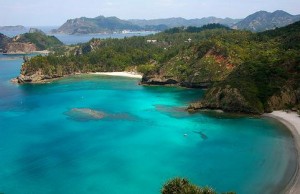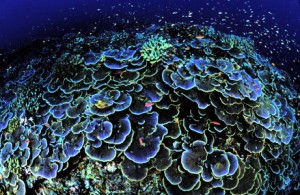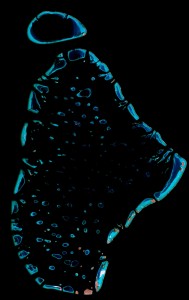 Read about potential economies of scale in marine protection in this piece at Nature, which highlights work by Sea Around Us Project members Ashley McCrea Strub and Daniel Pauly that they presented at IMCC in May.
Read about potential economies of scale in marine protection in this piece at Nature, which highlights work by Sea Around Us Project members Ashley McCrea Strub and Daniel Pauly that they presented at IMCC in May.
A postdoc in Pauly’s lab, Ashley McCrea Strub, has calculated that, worldwide, today’s marine protected areas cost US$2 billion a year to run at full capacity. That compares, she says, with $16.2 billion a year spent on ‘negative subsidies’ that encourage fisherman to fish more rather than less — subsidization of fuel costs, for example. On Sunday, McCrea Strub told the conference that if larger marine reserves accounted for a larger percentage of the total area protected — 10% instead of 1% — the costs of managing these would come to 83% less a year.



